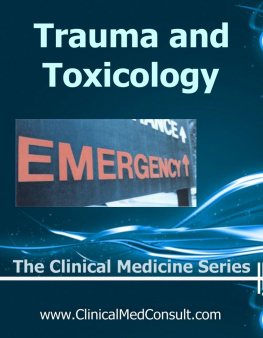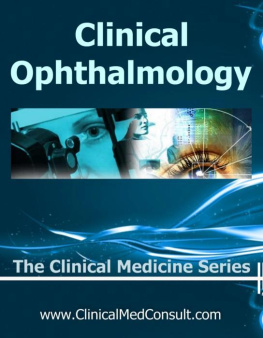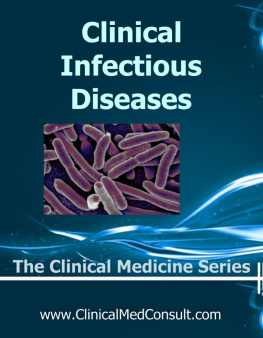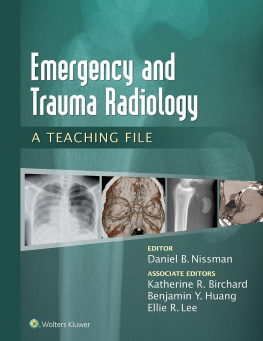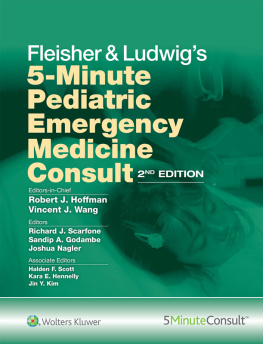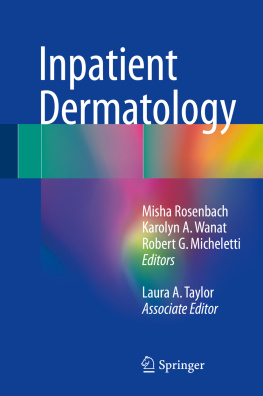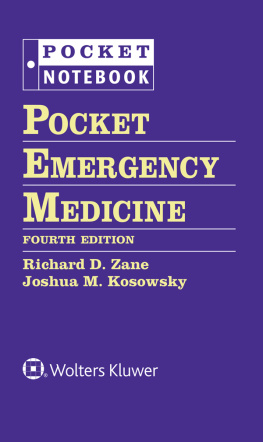Trauma &Toxicology
Contents:|
Primary editors Chris J. Flynn MD andBob Gayou MD, Emergency Physicians.
Last updated on 15 JAN 2018
http://clinicalmedconsult.com/
Weperform an ongoing review of most major journals, textbooks, and other online resources.Ongoing scientific information is added as the new and clinically relevantevidence is released. This is the only point of care medical reference createdfor portable electronic devices in a concise and compact format by physiciansand for physicians. The goal of this text is to bring all of the clinicallyrelevant information clinicians need during patient care directly to one'sfingertips. |
The Clinical MedicineConsult includes all 35 of ourmodules in the clinical medicine series in onehighly integrated text . The file size of TheClinical Medicine Consult 2017v2 was 78,369 kb. All of these textsare in full 64k color. Currently the total illustrations / diagrams / color photos stands at >4,784. The iSilo versionof this text comes with free quarterly updates for one year. Both the Kindleand iSilo versions can be read / utilized on just about any portable device(android phone / tablet or iPhone, iPad etc), with the appropriate reader installed(get at your app store).
First-Aid Basics
Firstaid is defined as the helping behaviors and initial care provided for an acuteillness or injury. First aid is generally situation specific, so the moreinformed and better trained you are the more prepared you are to deal with anyunexpected illness or injury. See |
Step#1: Assessthat it is safe to approach the fallen / injured person.
Step#2: See ID module: Use of |
Step#3: Attempt to wake the person by shouting, Are you okay?...and if necessary, by rubbingyour knuckles firmly against the sternum (breastbone).
Step#4: If the person fails to rouse, immediately call 911 or shout for help, dependingon your situation. If there is an AED available, also shout for someone tobring it. See |
First Aid Priorities:
Assess a situationquickly and calmly.
Protect yourself andany casualties from dangernever put yourself at risk.
Preventcross-contamination between yourself and the casualty as best as possible.
Assess the casualty:identify, as best as you can, the injury or nature of illness affecting acasualty.
Establish trust withyour casualty: introduce yourself. Find out what the person likes to be called,and use his name when you talk to him. Crouch or kneel down so that you are atthe same height as the casualty. Explain what is happening and why.
Give early treatment,and treat the casualties with the most serious (life-threatening) conditionsfirst. Comfort and reassure casualties.
Arrange forappropriate help: call 911 for emergency help if you suspect serious injury orillness; take or send the casualty to the hospital; transfer him into the careof a healthcare professional, or to a higher level of medical care. Stay with acasualty until care is available.
Keep Notes: As yougather information about a casualty, write it down so that you can refer to itlater. A written record of the timing of events, treatments, vital signs etc.
(AmericanCollege of Emergency Physicians (ACEP) First Aid Manual. 2014 St. JohnAmbulance)
Signsof Medical Distress:
Pallor: Thepatient is pale in appearance, either from internal blood loss or fromemotional shock. Pallor from emotional shock tends to get better over a fewminutes but pallor from blood loss gets worse or stays the same.
Weak,rapid pulse: Practicefinding the pulse on either side of the neck as this is the easiest way to finda pulse on anyone. A normal pulse is between 60 and 100 beats per minute.Pulses that are rapid can indicate blood loss or anxiety. Know what a normalstrong pulse is like so you can recognize a weak one.
Confusion: A head injury orinternal bleeding can lead to confusion. The person keeps asking the samequestions over and over again and cant say the day of the week or where theyare. They also cant identify the method of injury that happened to them.
Obvioussigns of injury: pain or deformity in a bone, paralysis, active bleeding from a wound orbleeding from the rectum in some forms of internal bleeding. Let pain be yourguide that someone is injured and in medical distress.
PreventionPearls: Take a look at your home, assess any safety issues and unsafe habits, anddetermine potential hazards. Think about what you can do to correct thosedanger areas, and take necessary safety and prevention measures. See | When working with chemicals, read the directions and follow them. Keep all lidstightly closed and follow the manufacturers storage recommendations. If youare able to, work outdoors or take ample fresh-air breaks. Take a break, gooutside, or even stop working altogether if you become dizzy, nauseated, ordevelop a headache.
AmericanHeart Association 2015 Updated Guidelines: (Circulation.2015;132:S315-S367) Key Changes:
Evidenceshows that the early recognition of stroke by using a stroke assessment system decreasesthe interval between the time of stroke onset and arrival at a hospital anddefinitive treatment. More than 94% of lay providers trained in a strokeassessment system are able to recognize signs and symptoms of a stroke, andthis ability persists at 3 months after training. The use of a strokeassessment system by first aid providers is recommended (Class I, LOE B-NR).Compared to stroke assessment systems without glucose measurement, assessmentsystems that include glucose measurement have similar sensitivity but higherspecificity for recognition of stroke.
Thefirst aid management of an open chest wound was evaluated for the 2015 ILCORConsensus Conference. The improper use of an occlusive dressing or device withpotential subsequent development of unrecognized tension pneumothorax is ofgreat concern. There are no human studies comparing the application of anocclusive dressing to a nonocclusive dressing, and only a single animal studyshowed benefit to use of a nonocclusive dressing. As a result of the lack ofevidence for use of an occlusive dressing and the risk of unrecognized tensionpneumothorax, we recommend against the application of an occlusive dressing ordevice by first aid providers for an individual with an open chest wound.
Evidenceshows that education in first aid can increase survival rates, improverecognition of acute illness, and resolve symptomatology. We recommend thatfirst aid education be universally available (Class I, LOE C-EO).
Thereis no evidence of any benefit from routine administration of supplementaryoxygen by first aid providers. Limited evidence shows benefit from use ofoxygen for decompression sickness in the first aid setting. The use ofsupplementary oxygen by first aid providers with specific training (eg, adiving first aid oxygen course) is reasonable for cases of decompressionsickness. Limited evidence suggests that supplementary oxygen may be effectivefor relief of dyspnea in advanced lung cancer patients with dyspnea andassociated hypoxia, but not for similar patients without hypoxia.
Theuse of cervical collars as a component of spinal motion restriction for blunttrauma was reviewed for the 2015 ILCOR consensus. No evidence was identifiedthat showed a decrease in neurologic injury with use of a cervical collar.Evidence demonstrates adverse effects from use of a cervical collar, such asincreased intracranial pressure and potential airway compromise. The ILCORFirst Aid Task Force also expressed concern that proper technique for applicationof a cervical collar in high-risk individuals requires significant training andpractice to be performed correctly and is not considered a standard first aidskill. Because of these concerns, and with a growing body of evidencedemonstrating harmful effects and no good evidence showing clear benefit, werecommend against routine application of cervical collars by first aidproviders.
Next page
